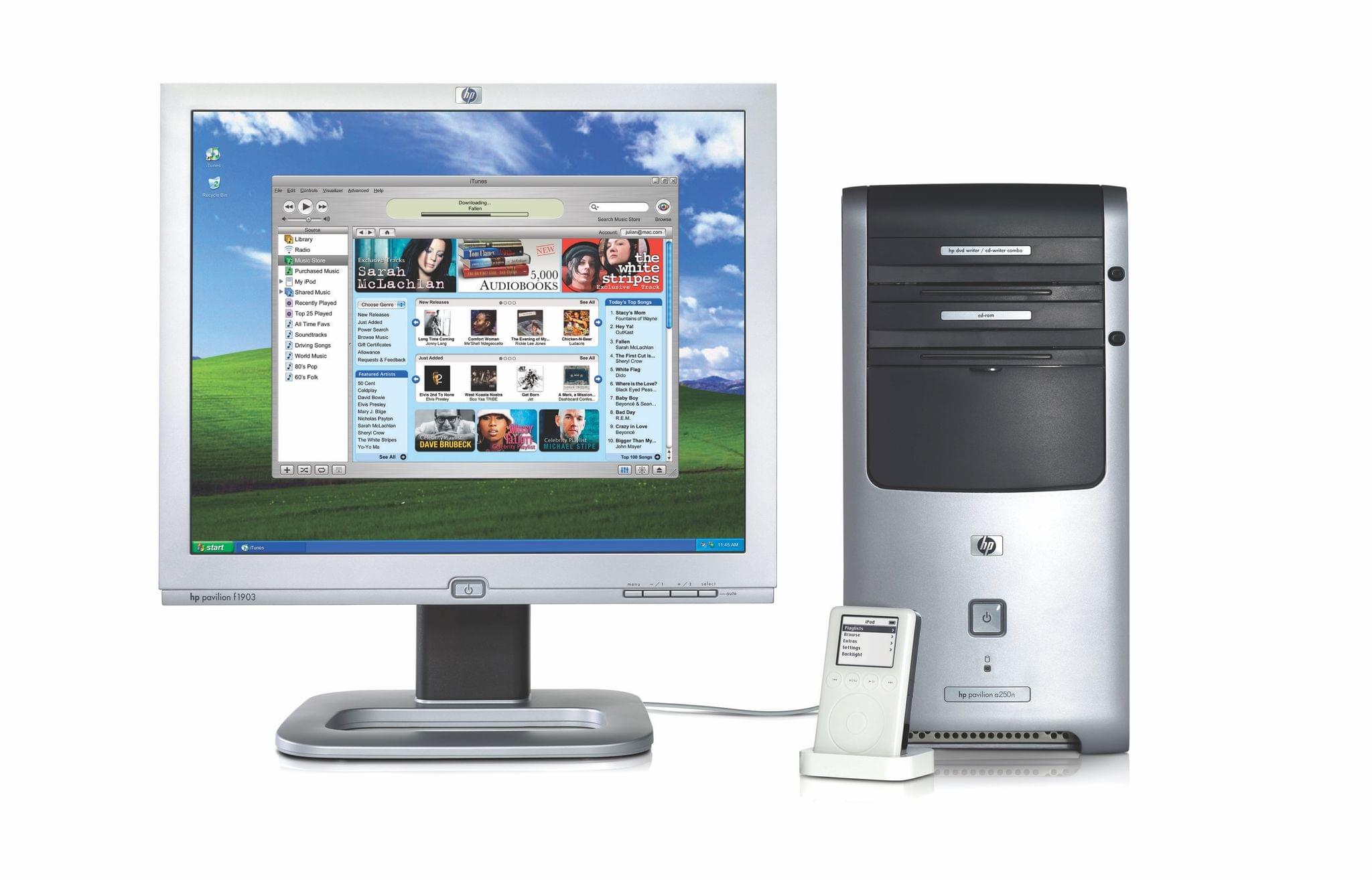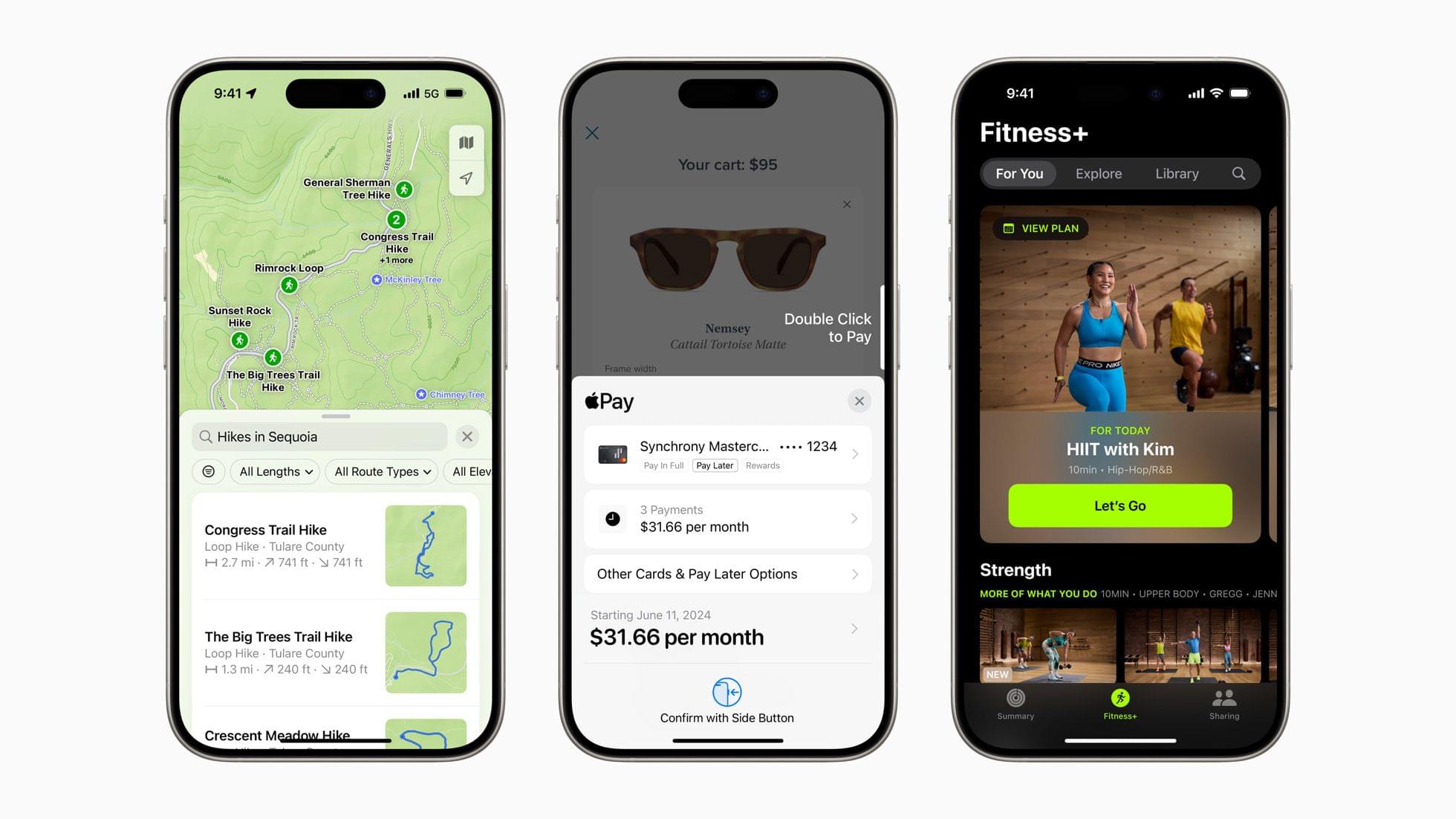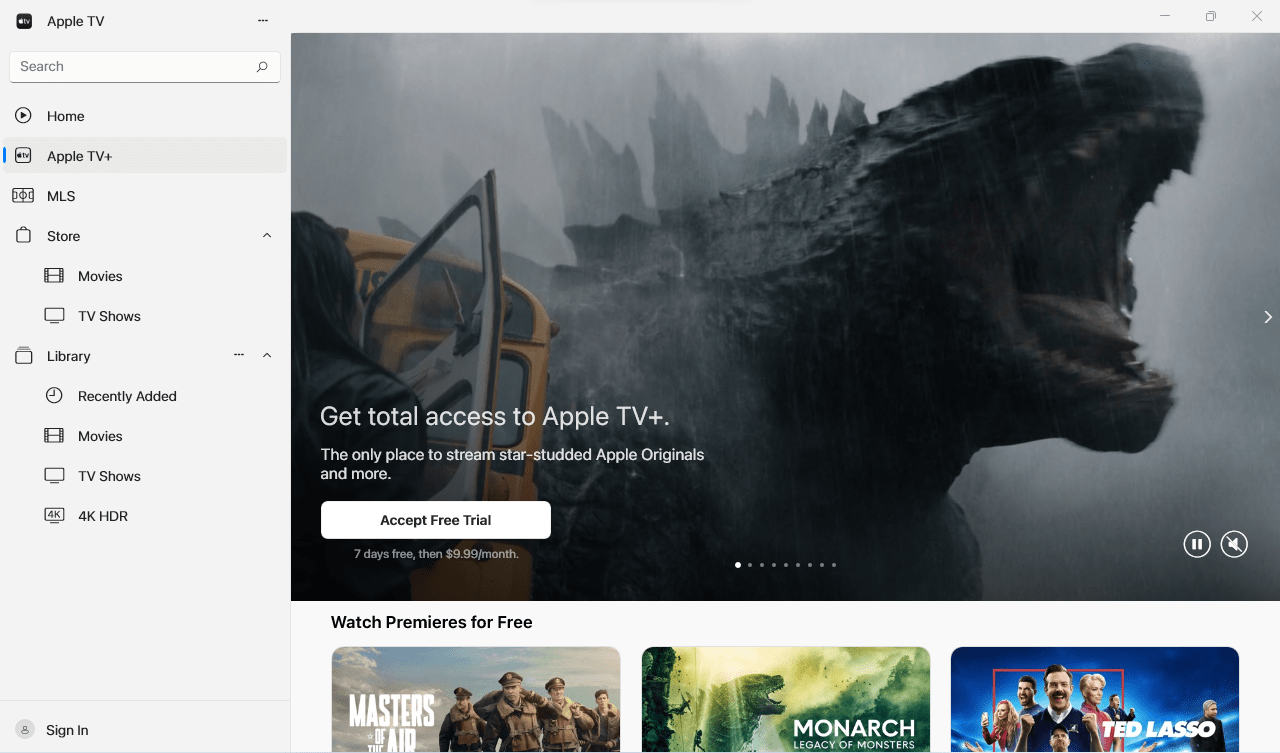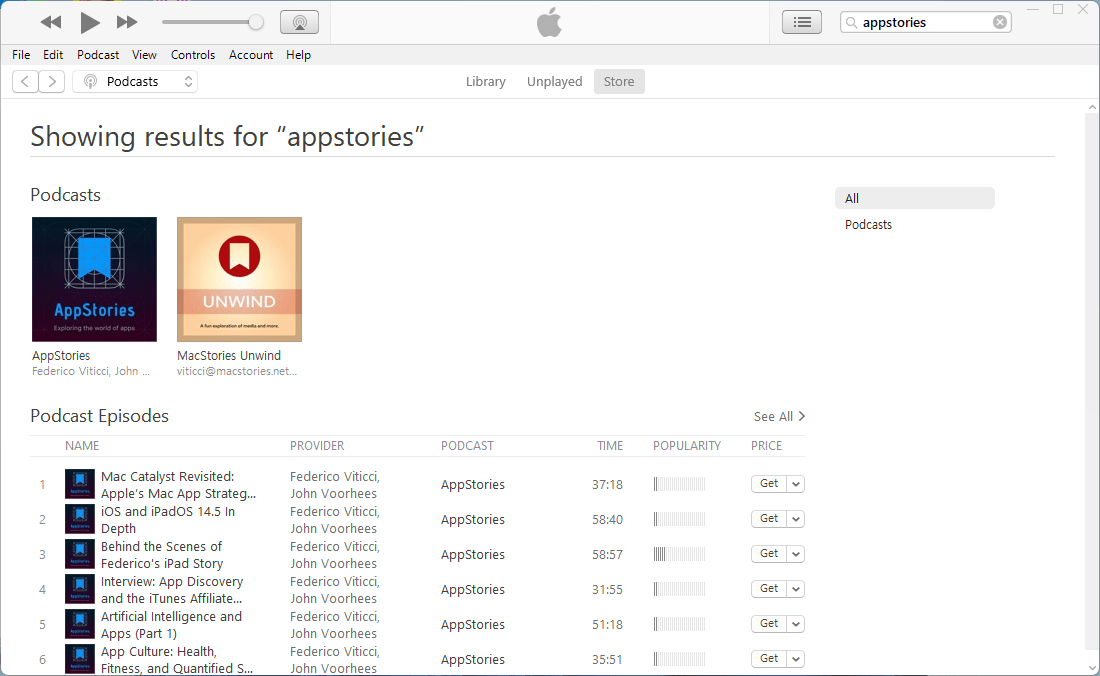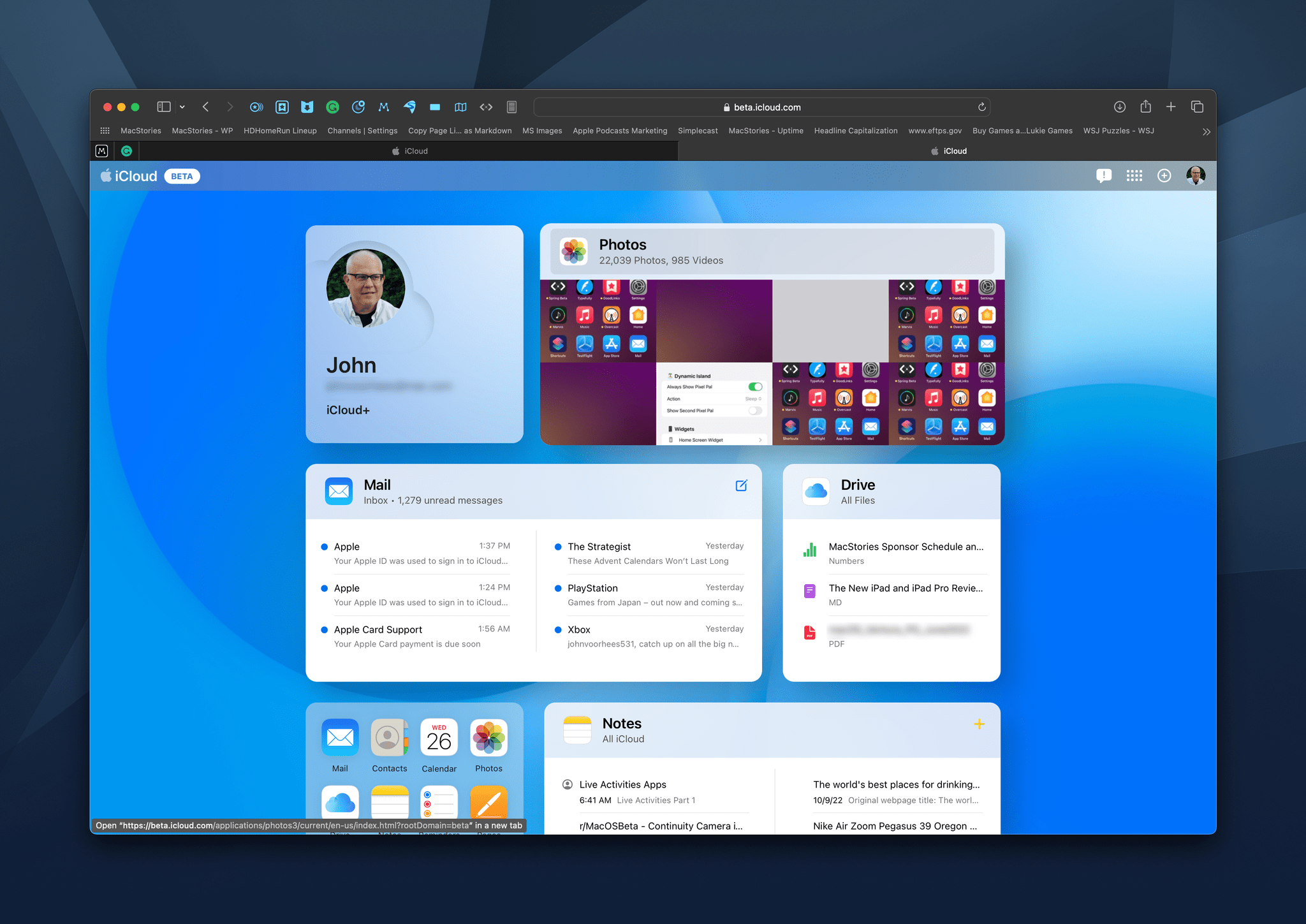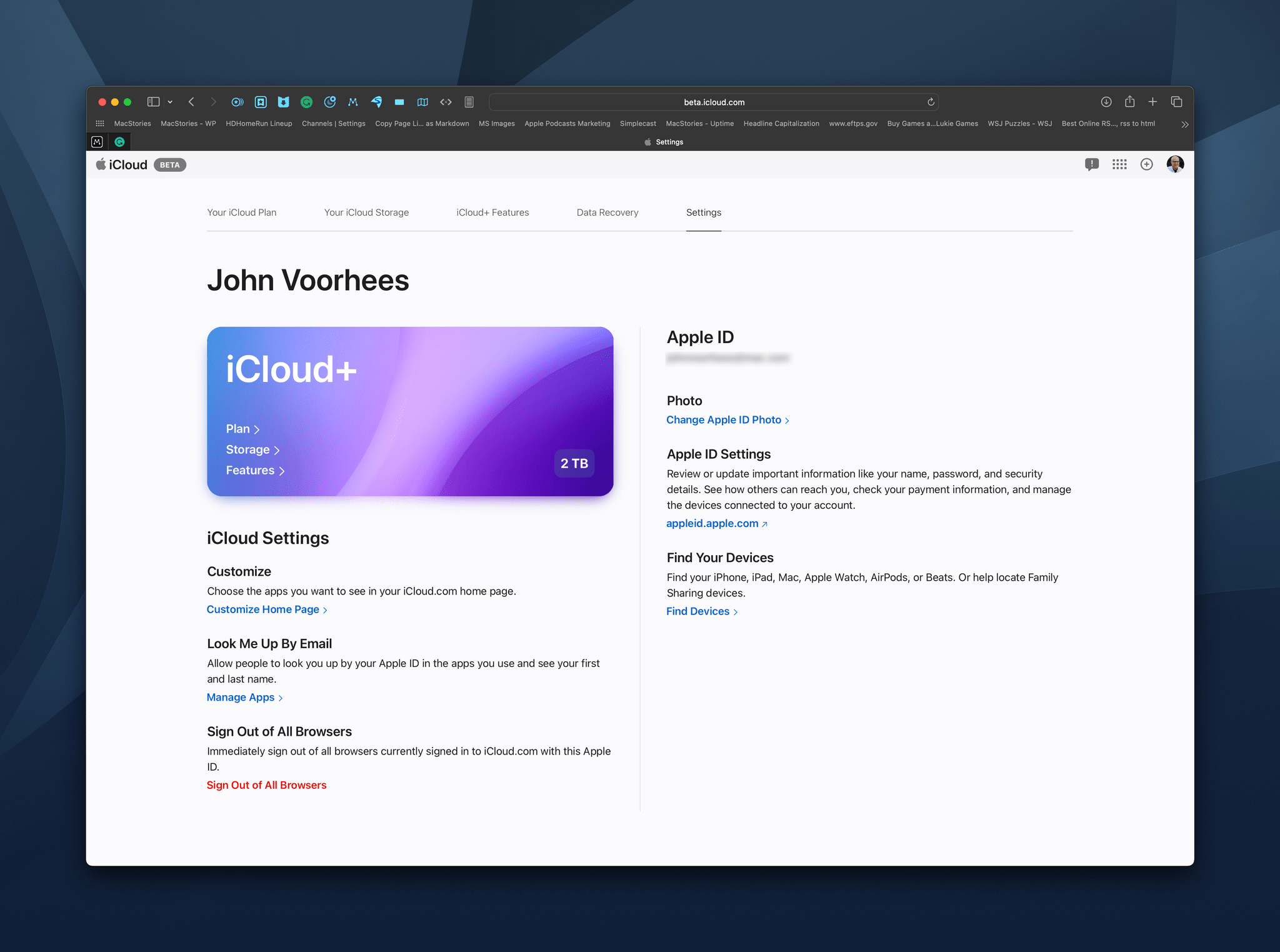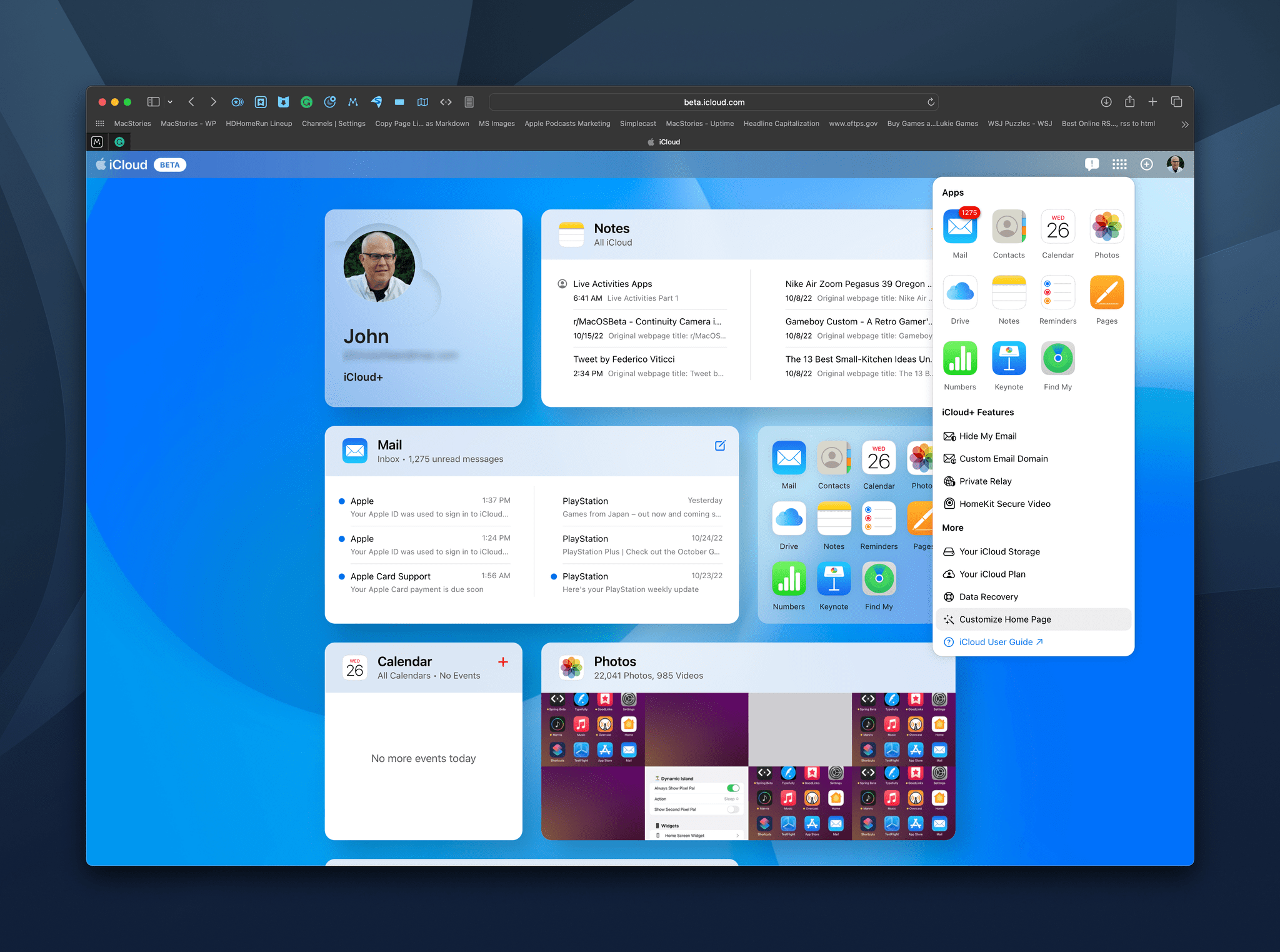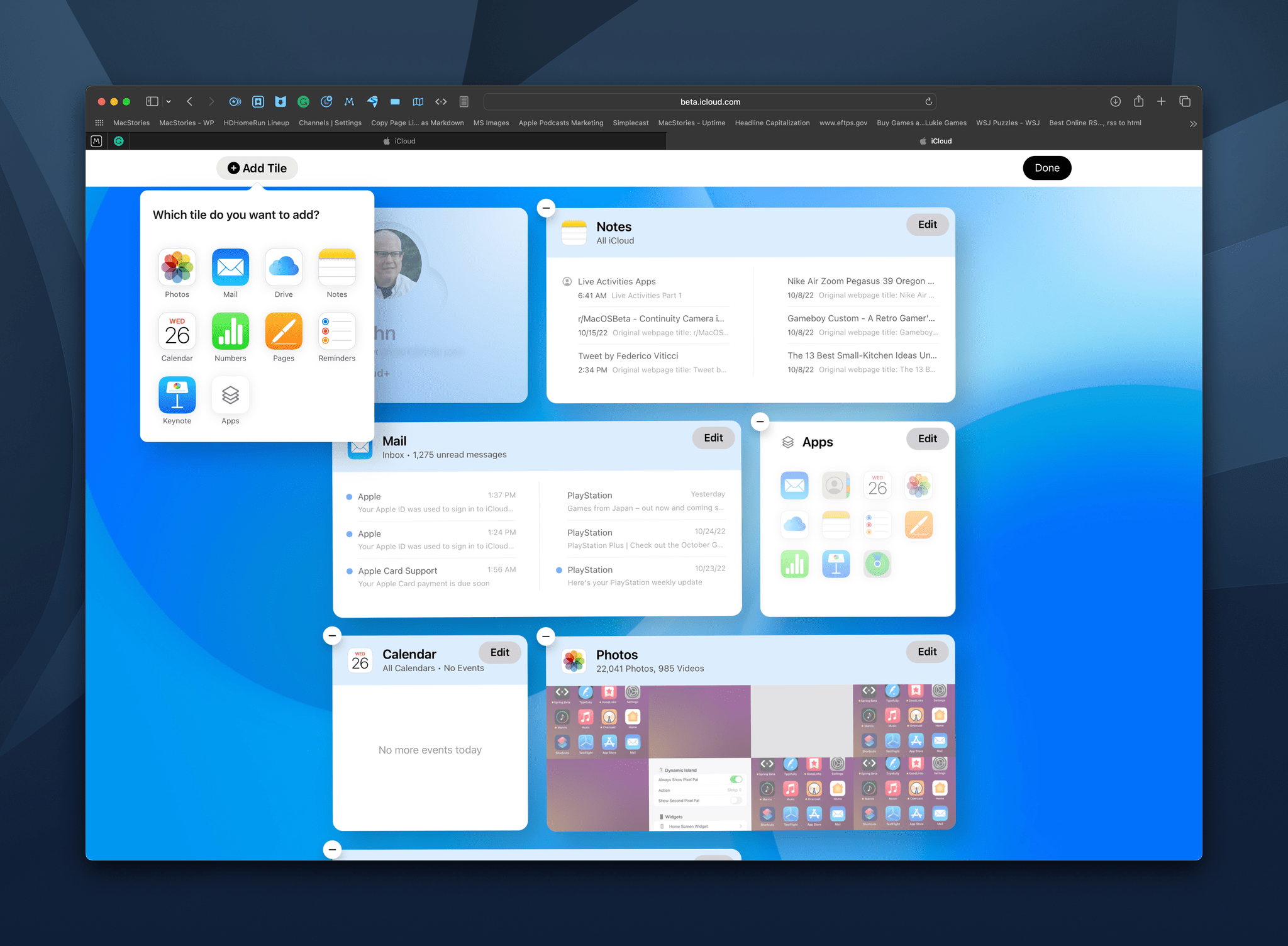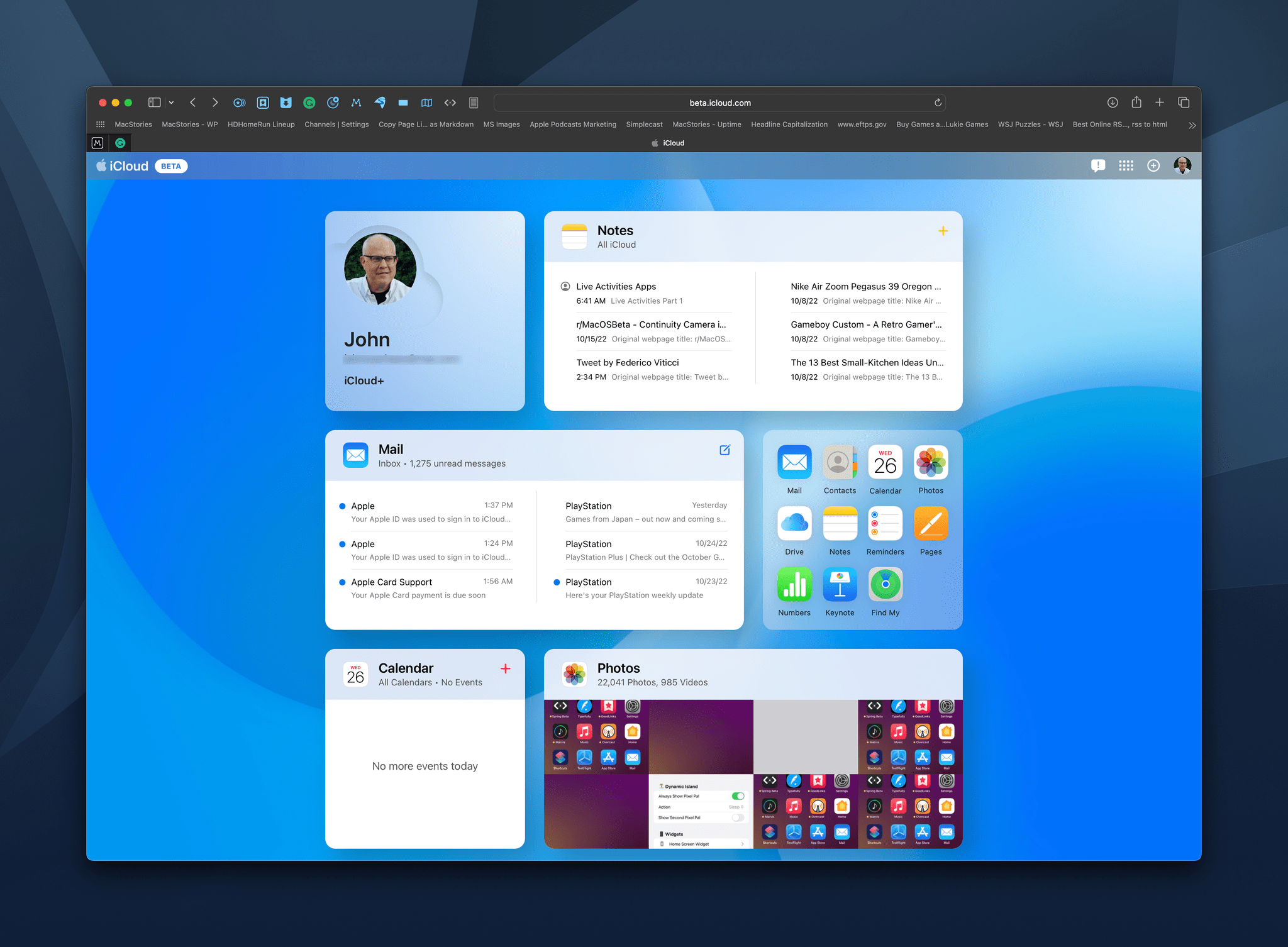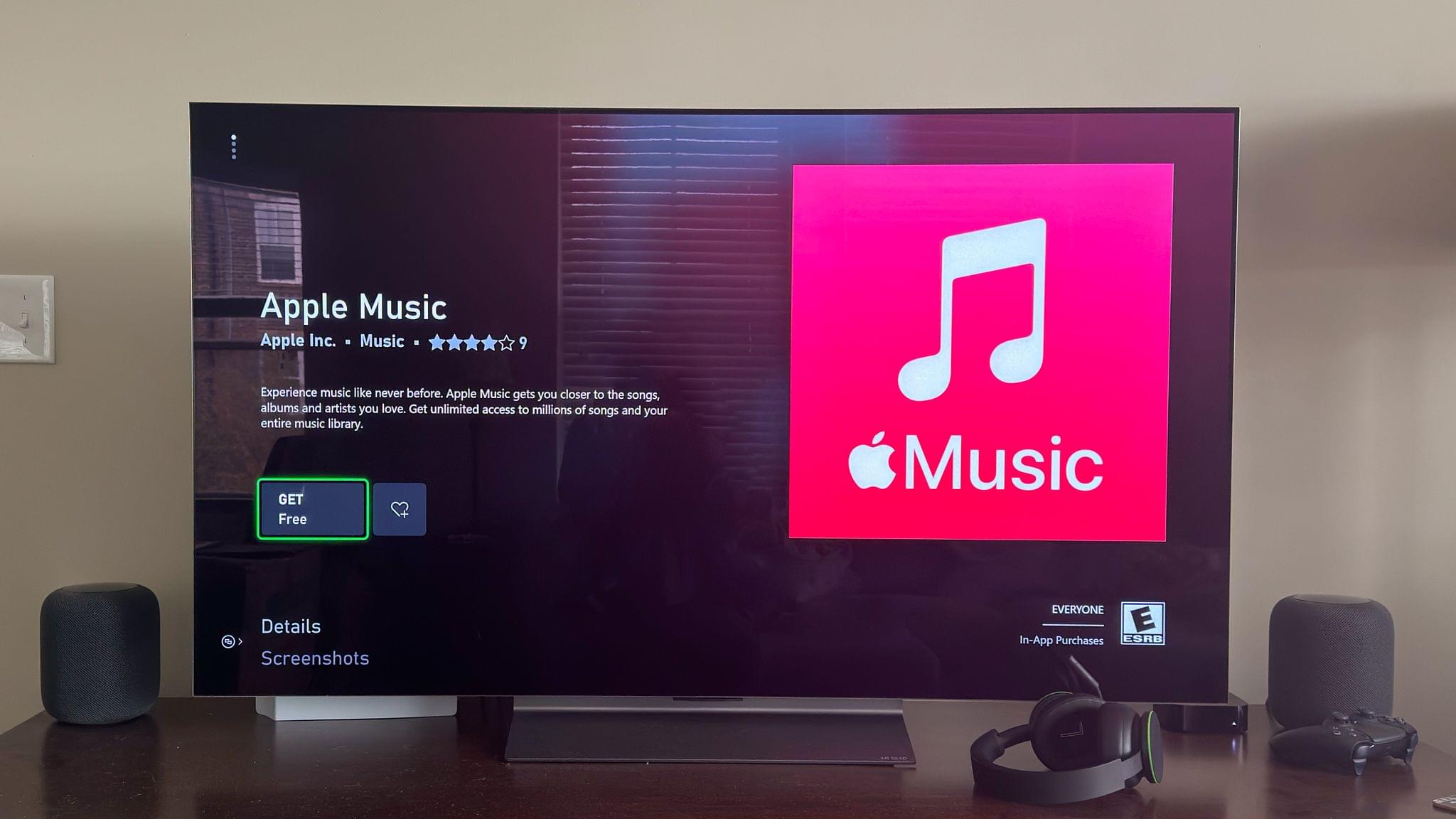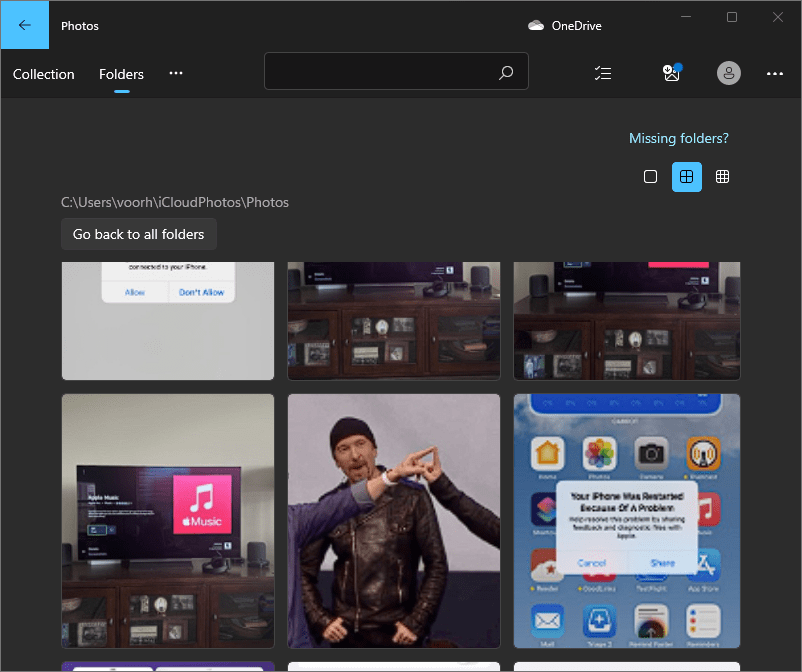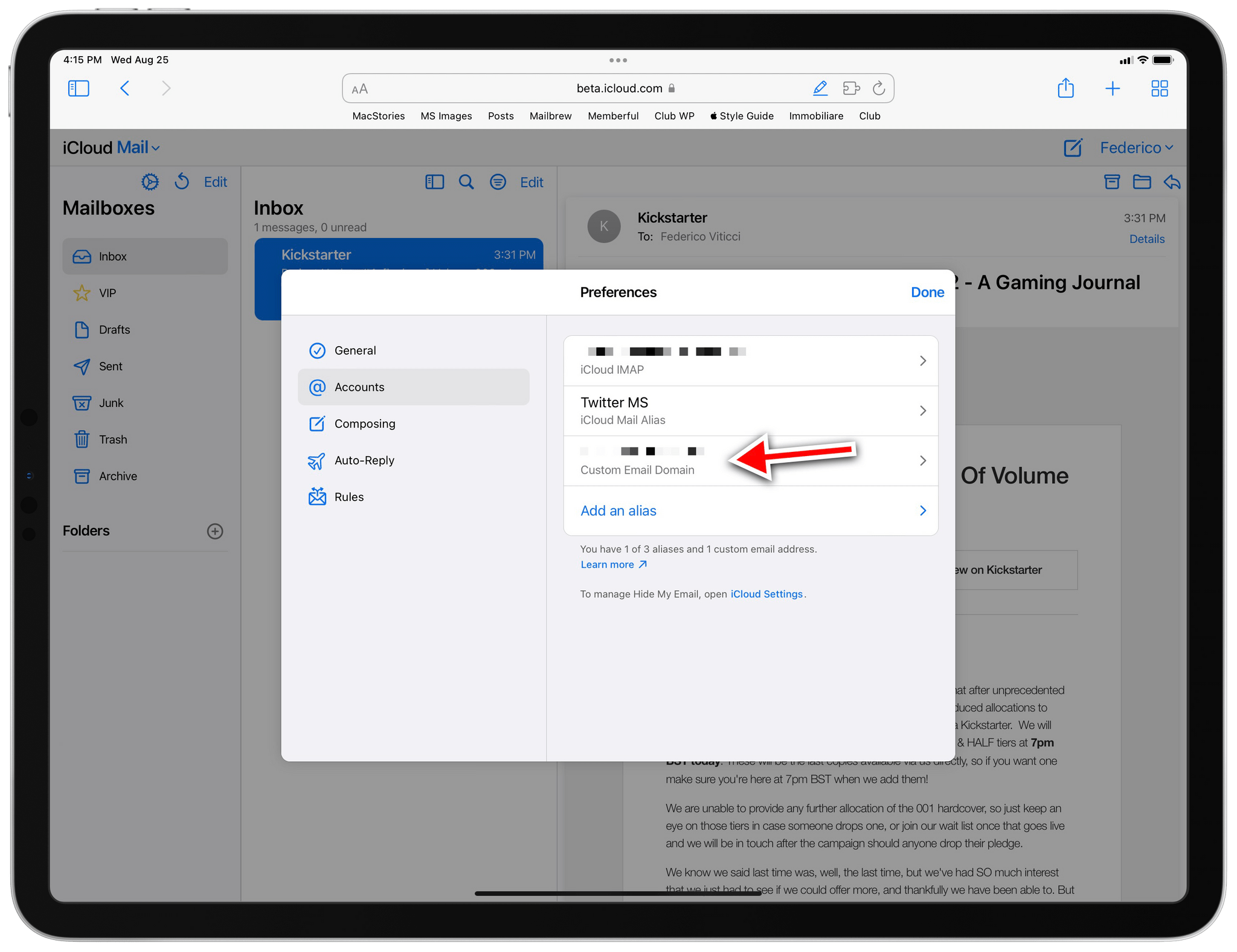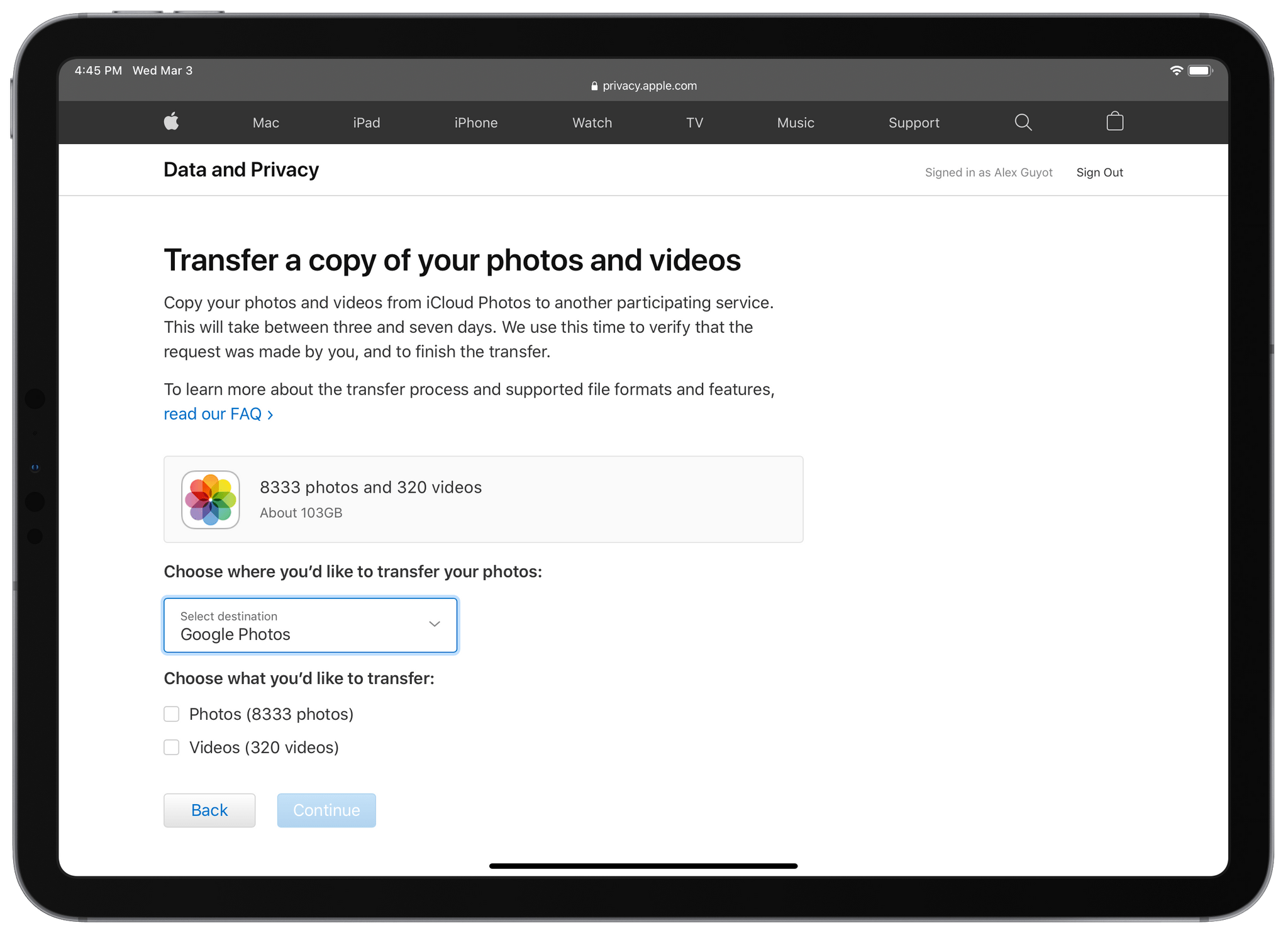A couple of weeks ago, I linked to a report from The Washington Post, which said that the UK government has demanded that Apple create a back door to access the encrypted iCloud data of Apple’s customers. Today, instead of creating the access the UK demanded, Apple announced it will remove Advanced Data Protection for its UK customers, which is the feature that allows users to end-to-end encrypt their iCloud data.
In doing so, Apple told 9to5Mac:
Apple can no longer offer Advanced Data Protection (ADP) in the United Kingdom to new users and current UK users will eventually need to disable this security feature. ADP protects iCloud data with end-to-end encryption, which means the data can only be decrypted by the user who owns it, and only on their trusted devices. We are gravely disappointed that the protections provided by ADP will not be available to our customers in the UK given the continuing rise of data breaches and other threats to customer privacy. Enhancing the security of cloud storage with end-to-end encryption is more urgent than ever before. Apple remains committed to offering our users the highest level of security for their personal data and are hopeful that we will be able to do so in the future in the United Kingdom. As we have said many times before, we have never built a backdoor or master key to any of our products or services and we never will.
This is a real shame to see and something I hope doesn’t spread to other countries, but I’m not optimistic that will be the case.
UK users who have enabled Advanced Data Protection will need to disable it to continue using their iCloud accounts. More details on the process and time frame for doing so are expected from Apple soon.


